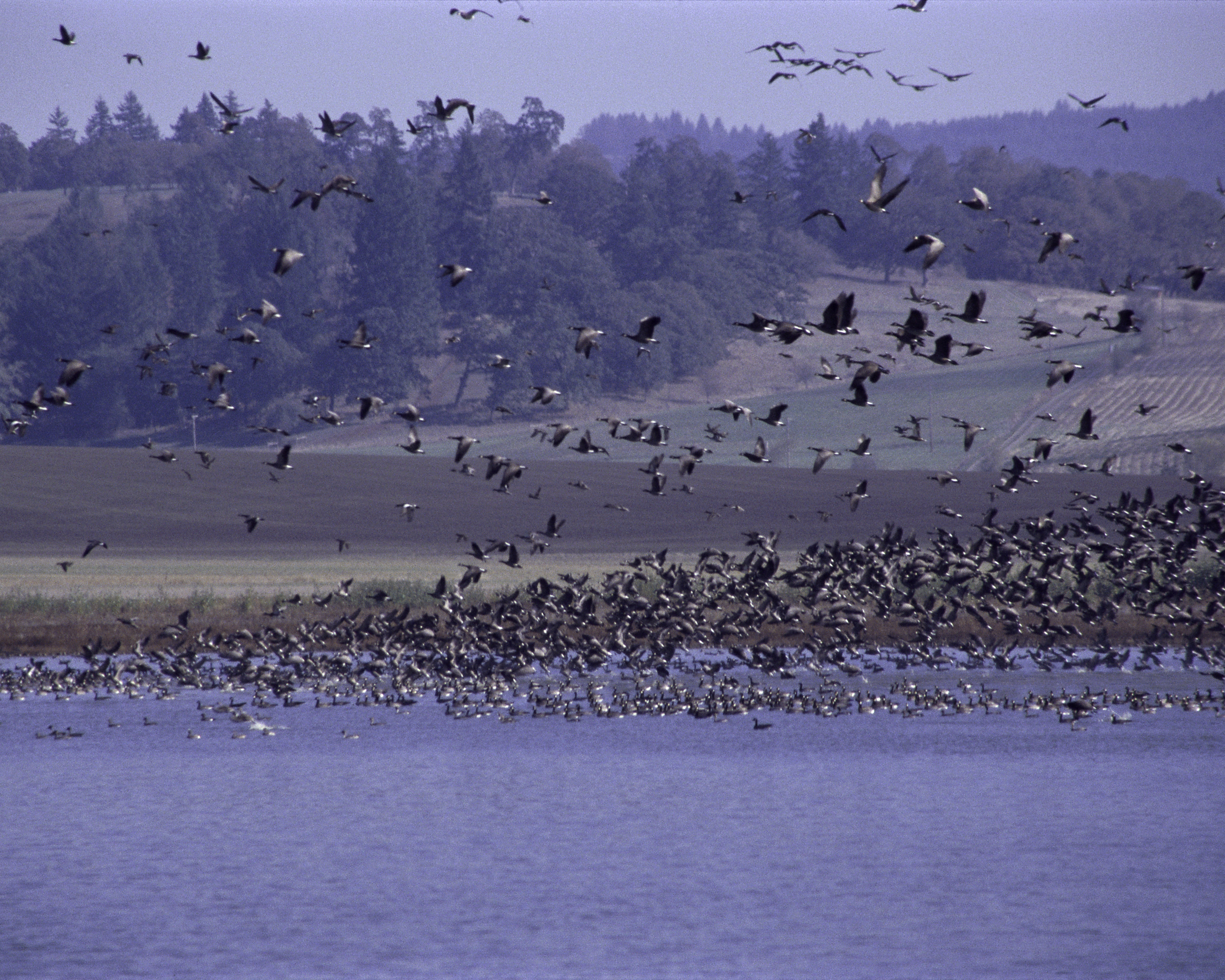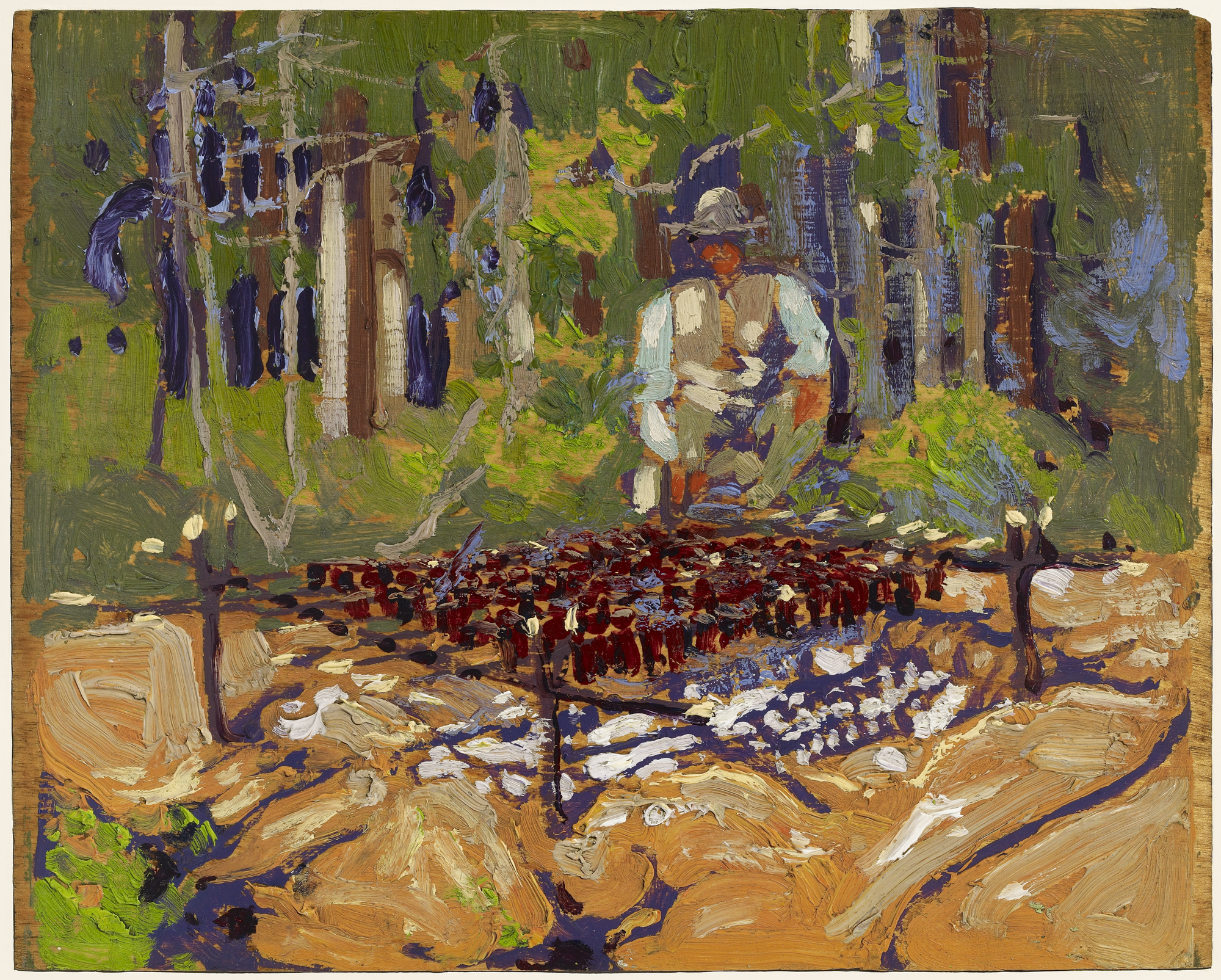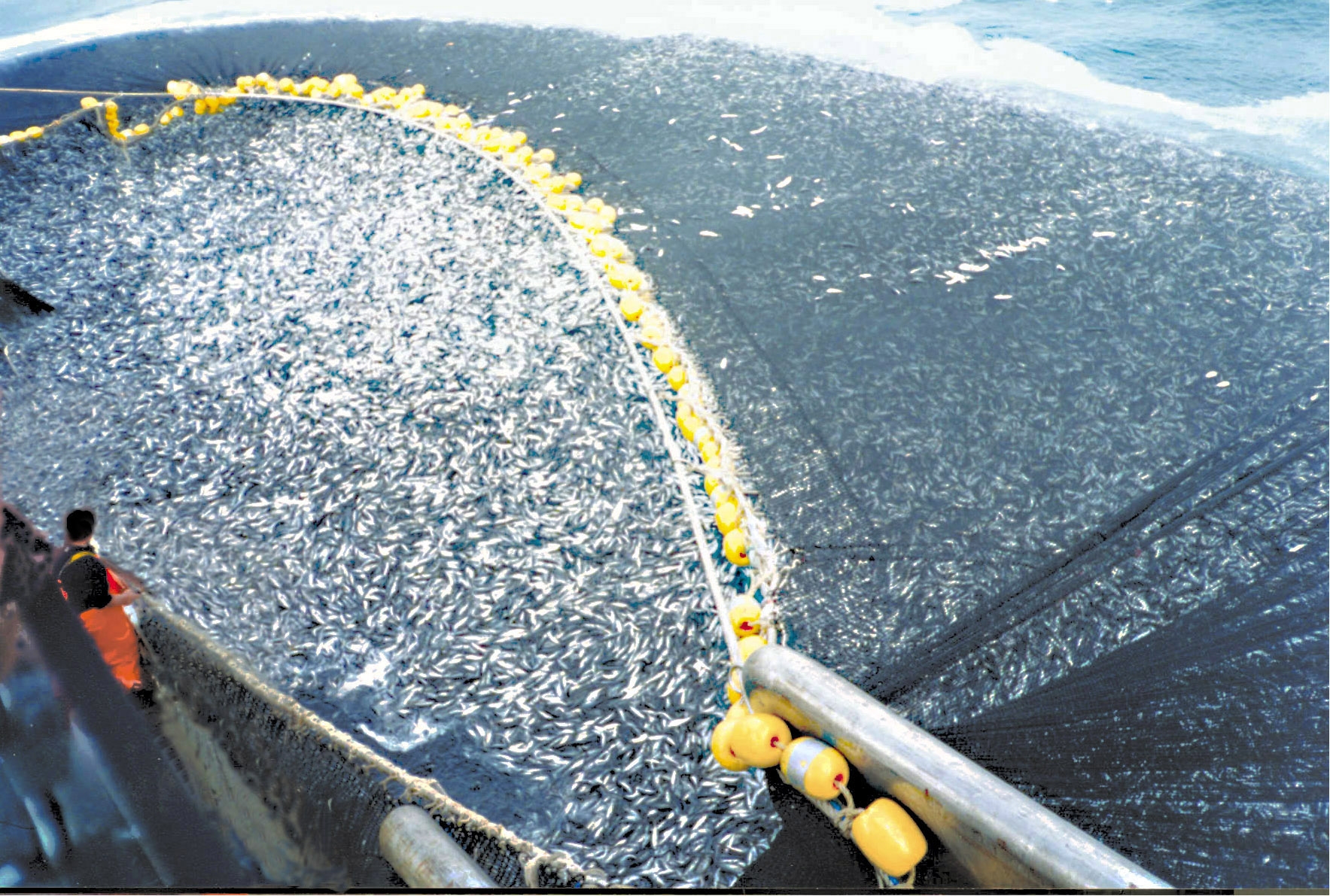|
Wildlife Conservation
Wildlife conservation refers to the practice of protecting wild species and their habitats in order to maintain healthy wildlife species or populations and to restore, protect or enhance natural ecosystems. Major threats to wildlife include habitat destruction, degradation, fragmentation, overexploitation, poaching, pollution, climate change, and the illegal wildlife trade. The International Union for Conservation of Nature, IUCN estimates that 42,100 species of the ones assessed are at risk for extinction. Expanding to all existing species, a 2019 UN report on biodiversity put this estimate even higher at a million species. It is also being acknowledged that an increasing number of ecosystems on Earth containing endangered species are disappearing. To address these issues, there have been both national and international governmental efforts to preserve Earth's wildlife. Prominent conservation agreements include the 1973 CITES, Convention on International Trade in Endangered Species ... [...More Info...] [...Related Items...] OR: [Wikipedia] [Google] [Baidu] |
Ankeny National Wildlife Refuge
Ankeny National Wildlife Refuge is located in the fertile Willamette Valley of northwestern Oregon, 12 miles (19 km) south of Salem. The valley was once a rich mix of wildlife habitats. Valley wetlands were once extensive, with meandering stream channels and vast seasonal marshes. Today, the valley is a mix of farmland and growing cities, with few areas remaining for wildlife. Location The refuge is situated in open farmland near the confluence of the Santiam and Willamette rivers in the middle of the broad Willamette Valley. Elevations range between 180 and 290 feet (55 to 90 m) MSL. The Willamette Valley, with its mild, rainy winter climate, is an ideal environment for wintering waterfowl. The refuge consists of 1,700 acres (7.143 km2) of cropland, which provide forage for wintering geese, 600 acres (2.4 km2) of riparian zone forests, and 500 acres (2.0 km2) of shallow water seasonal wetlands. Purpose and ecology As wi ... [...More Info...] [...Related Items...] OR: [Wikipedia] [Google] [Baidu] |
Poaching
Poaching is the illegal hunting or capturing of wild animals, usually associated with land use rights. Poaching was once performed by impoverished peasants for subsistence purposes and to supplement meager diets. It was set against the hunting privileges of nobility and territorial rulers. Since the 1980s, the term "poaching" has also been used to refer to the illegal harvesting of wild plants. In agricultural terms, the term 'poaching' is also applied to the loss of soils or grass by the damaging action of feet of livestock, which can affect availability of productive land, water pollution through increased runoff and welfare issues for cattle. Stealing livestock, as in cattle raiding, classifies as theft rather than poaching. The United Nations' Sustainable Development Goal 15 enshrines the sustainable use of all wildlife. It targets the taking of action on dealing with poaching and trafficking of protected species of flora and fauna to ensure their availability for present ... [...More Info...] [...Related Items...] OR: [Wikipedia] [Google] [Baidu] |
Illegal Wildlife Trade Confiscated Skins
Illegal may refer to: Law * Violation of law ** Crime, an act committed in violation of criminal law * An illegal immigrant Entertainment * ''The Illegal'' (novel) (2015), by Canadian writer Lawrence Hill * '' Illegal - Justice, Out of Order'', an Indian web series Films * ''Illegal'' (1932 film), British * ''Illegal'' (1955 film), American * ''Illegal'' (2010 film), Belgian * ''The Illegal'' (2019), film starring Suraj Sharma Bands * Illegal (group), a 1990s rap group * Los Illegals, a music band Song * "Illegal" (Shakira song), 2005 * "Illegal" (PinkPantheress song), 2025 Food and drink * Ilegal Mezcal, a brand of mezcal from Guatemala ** Illegal (cocktail), a cocktail made with Ilegal Mezcal See also * * ''Illegal agent'', also known as Operational cover * Illegals Program, Russian spies arrested in the United States in 2010 * The Illegal (other) * Illegalism Illegalism is a tendency of anarchism that developed primarily in France, Italy, ... [...More Info...] [...Related Items...] OR: [Wikipedia] [Google] [Baidu] |
Overfishing
Overfishing is the removal of a species of fish (i.e. fishing) from a body of water at a rate greater than that the species can replenish its population naturally (i.e. the overexploitation of the fishery's existing Fish stocks, fish stock), resulting in the species becoming increasingly underpopulated in that area. Overfishing can occur in water bodies of any sizes, such as ponds, wetlands, rivers, lakes or oceans, and can result in resource depletion, reduced biological growth rates and low biomass (ecology), biomass levels. Sustained overfishing can lead to critical depensation, where the fish population is no longer able to sustain itself. Some forms of overfishing, such as the Threatened sharks, overfishing of sharks, has led to the upset of entire marine ecosystems. Types of overfishing include growth overfishing, recruitment overfishing, and ecosystem overfishing. Overfishing not only causes negative impacts on biodiversity and ecosystem functioning, but also reduces fish pr ... [...More Info...] [...Related Items...] OR: [Wikipedia] [Google] [Baidu] |
Overexploitation
Overexploitation, also called overharvesting or ecological overshoot, refers to harvesting a renewable resource to the point of diminishing returns. Continued overexploitation can lead to the destruction of the resource, as it will be unable to replenish. The term applies to natural resources such as water aquifers, grazing pastures and forests, wild medicinal plants, fish stocks and other wildlife. In ecology, overexploitation describes one of the five main activities threatening global biodiversity. Ecologists use the term to describe populations that are harvested at an unsustainable rate, given their natural rates of mortality and capacities for reproduction. This can result in extinction at the population level and even extinction of whole species. In conservation biology, the term is usually used in the context of human economic activity that involves the taking of biological resources, or organisms, in larger numbers than their populations can withstand. The term i ... [...More Info...] [...Related Items...] OR: [Wikipedia] [Google] [Baidu] |
Wilderness Act
The Wilderness Act of 1964 () is a federal land management statute meant to protect U.S. Wilderness Area, federal wilderness and to create a formal mechanism for designating wilderness. It was written by Howard Zahniser of The Wilderness Society (United States), The Wilderness Society. After over sixty drafts and eight years of work, President Lyndon B. Johnson signed the Wilderness Act into law on September 3, 1964, creating the legal definition of wilderness in the United States and protecting 9.1 million acres (37,000 km²) of federal land. The Wilderness Act is well known for its succinct and poetic definition of wilderness: "A wilderness, in contrast with those areas where man and his own works dominate the landscape, is hereby recognized as an area where the earth and its community of life are untrammeled by man, where man himself is a visitor who does not remain." – Howard Zahniser When Congress passed and President Lyndon B. Johnson signed the Wilderness Act on Sept ... [...More Info...] [...Related Items...] OR: [Wikipedia] [Google] [Baidu] |
Amazon Rainforest
The Amazon rainforest, also called the Amazon jungle or Amazonia, is a Tropical and subtropical moist broadleaf forests, moist broadleaf tropical rainforest in the Amazon biome that covers most of the Amazon basin of South America. This basin encompasses , of which are covered by the rainforest. This region includes territory belonging to nine nations and 3,344 Indigenous territory (Brazil), indigenous territories. The majority of the forest, 60%, is in Amazônia Legal, Brazil, followed by Peruvian Amazonia, Peru with 13%, Amazon natural region, Colombia with 10%, and with minor amounts in Bolivia, Ecuador, French Guiana, Guyana, Suriname, and Venezuela. Four nations have "Amazonas (other), Amazonas" as the name of one of their first-level administrative regions, and France uses the name "Guiana Amazonian Park" for French Guiana's protected rainforest area. The Amazon represents over half of the total area of remaining rainforests on Earth, and comprises the largest a ... [...More Info...] [...Related Items...] OR: [Wikipedia] [Google] [Baidu] |
Logging
Logging is the process of cutting, processing, and moving trees to a location for transport. It may include skidder, skidding, on-site processing, and loading of trees or trunk (botany), logs onto logging truck, trucksSociety of American Foresters, 1998. Dictionary of Forestry. or flatcar#Skeleton car, skeleton cars. In forestry, the term logging is sometimes used narrowly to describe the logistics of moving wood from the stump to somewhere outside the forest, usually a sawmill or a lumber yard. In common usage, however, the term may cover a range of forestry or silviculture activities. Logging is the beginning of a supply chain that provides raw material for many products societies worldwide use for housing, construction, energy, and consumer paper products. Logging systems are a ... [...More Info...] [...Related Items...] OR: [Wikipedia] [Google] [Baidu] |
Deforestation
Deforestation or forest clearance is the removal and destruction of a forest or stand of trees from land that is then converted to non-forest use. Deforestation can involve conversion of forest land to farms, ranches, or urban use. About 31% of Earth's land surface is covered by forests at present. This is one-third less than the forest cover before the expansion of agriculture, with half of that loss occurring in the last century. Between 15 million to 18 million hectares of forest, an area the size of Bangladesh, are destroyed every year. On average 2,400 trees are cut down each minute. Estimates vary widely as to the extent of deforestation in the tropics. In 2019, nearly a third of the overall tree cover loss, or 3.8 million hectares, occurred within humid tropical primary forests. These are areas of mature rainforest that are especially important for biodiversity and carbon storage. The direct cause of most deforestation is agriculture by far. More than ... [...More Info...] [...Related Items...] OR: [Wikipedia] [Google] [Baidu] |
Urbanization
Urbanization (or urbanisation in British English) is the population shift from Rural area, rural to urban areas, the corresponding decrease in the proportion of people living in rural areas, and the ways in which societies adapt to this change. It can also mean population growth in urban areas instead of rural ones. It is predominantly the process by which towns and City, cities are formed and become larger as more people begin to live and work in central areas. Although the two concepts are sometimes used interchangeably, urbanization should be distinguished from Urban sprawl, urban growth. Urbanization refers to the ''proportion'' of the total national population living in areas classified as urban, whereas urban growth strictly refers to the ''absolute'' number of people living in those areas. It is predicted that by 2050, about 64% of the developing world and 86% of the developed world will be urbanized. This is predicted to generate artificial scarcities of land, lack of dr ... [...More Info...] [...Related Items...] OR: [Wikipedia] [Google] [Baidu] |
Agricultural Expansion
Agricultural expansion describes the growth of agricultural land ( arable land, pastures, etc.) especially in the 20th and 21st centuries. The agricultural expansion is often explained as a direct consequence of the global increase in food and energy Energy () is the physical quantity, quantitative physical property, property that is transferred to a physical body, body or to a physical system, recognizable in the performance of Work (thermodynamics), work and in the form of heat and l ... requirements due to population growth (both which in turn have been attributed to agricultural expansion itself), with an estimated expectation of 10 billion people on Earth by end of this century. It is foreseen that most of the world's non-agrarian ecosystems (terrestrial ecosystem, terrestrial and aquatic ecosystem, aquatic) will be environmental impact, affected adversely, from habitat loss, land degradation, overexploitation, and other problems. The intensified food production, fo ... [...More Info...] [...Related Items...] OR: [Wikipedia] [Google] [Baidu] |








